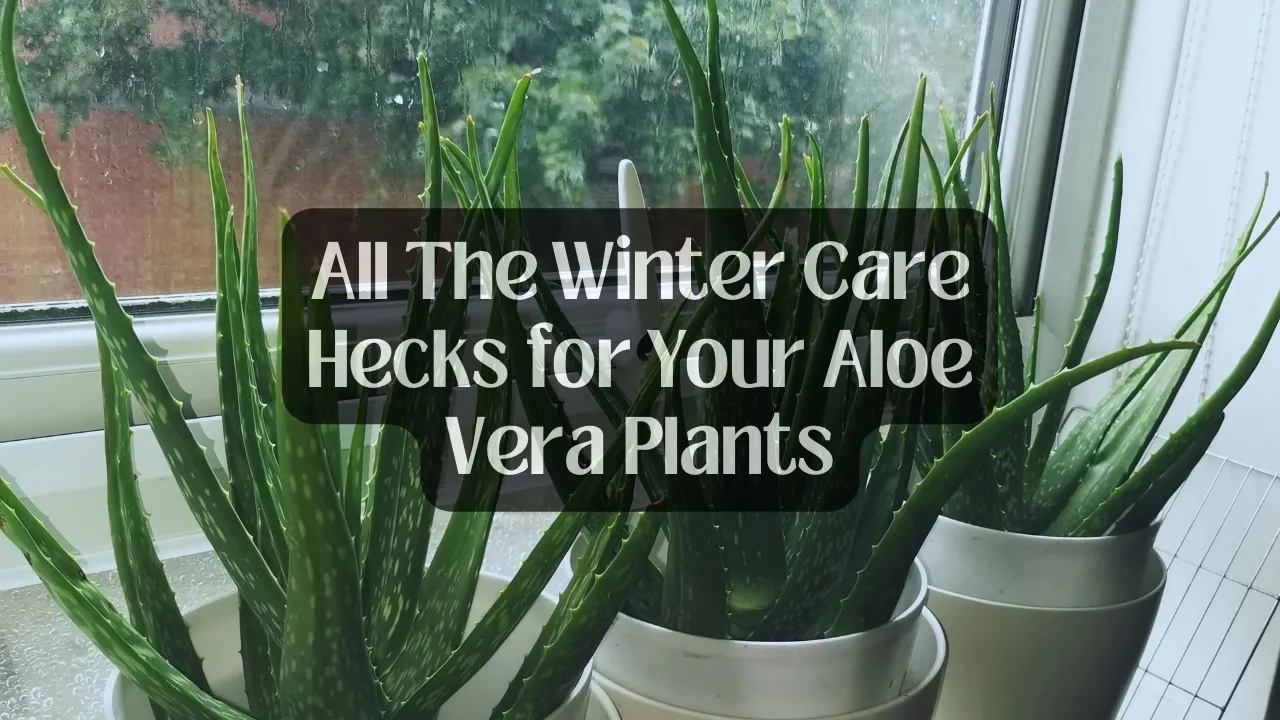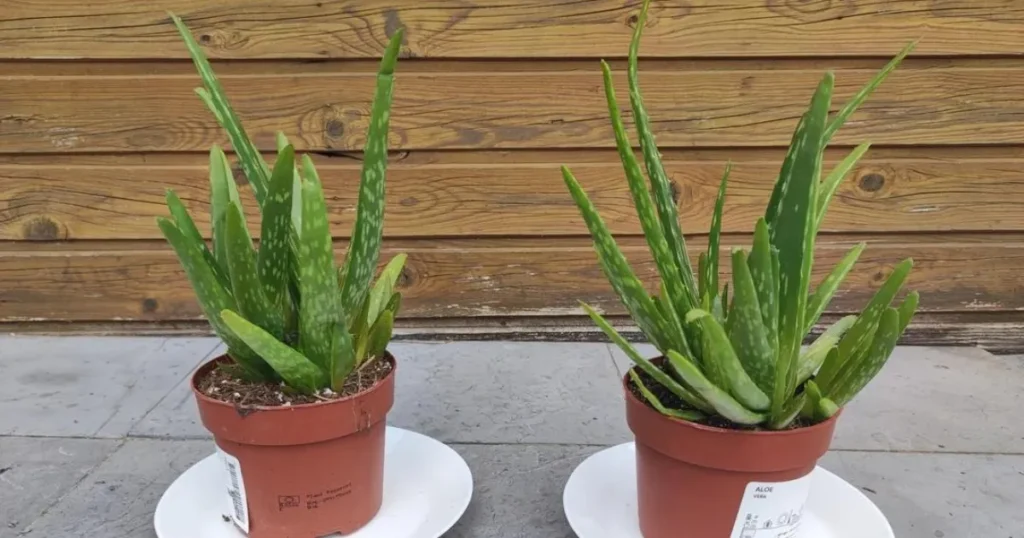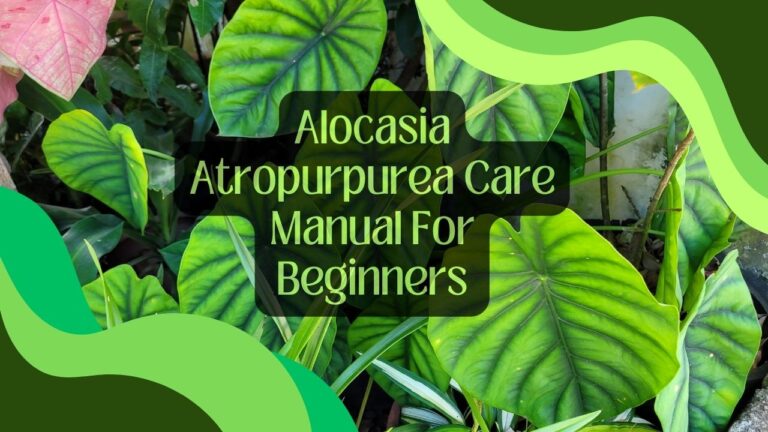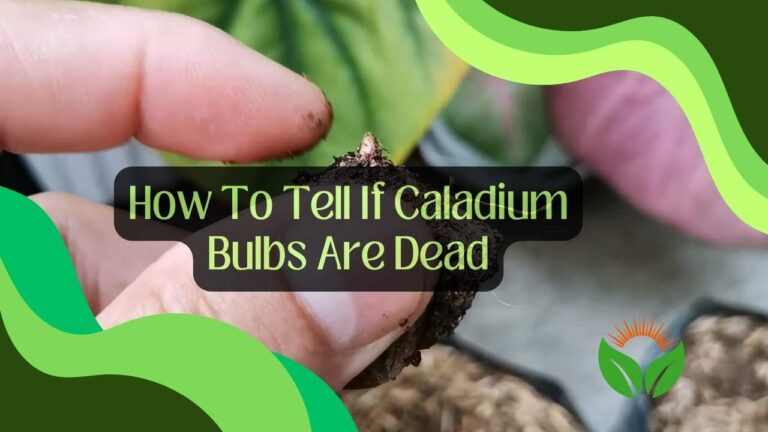All The Winter Care Hecks for Your Aloe Vera Plants

Aloe vera, that spiky green friend on your windowsill, needs some special care when the weather turns cold. Otherwise, the plant condition becomes quite poor.
Now, how to take care of your Aloe Vera in winter? Winter is rest time for aloe vera. Waterless (think double the time between summer waterings) and give it bright, indirect sunlight. Avoid freezing temperatures and keep the soil dry to prevent rot.
Want to know the care tips in detail? Let’s explore how to keep your aloe cozy and thriving all winter long.
Table of Contents
All Caring Traits for Aloe Vera in Winter Explained

In winter, your Aloe Vera needs a little bit of extra care and attention. Let’s take a look at what to do in winter.
Where Should Your Aloe Vera Call Home During the Cold Months?
First thing first, Taking care of Aloe Vera indoor isn’t much different in winter. When Jack Frost comes knocking, your aloe needs to come inside. Find a spot that’s warm and free from icy drafts. A bright windowsill away from heaters is perfect. Just remember, aloe likes it cool but not cold – aim for temperatures above 50°F (10°C).
How Much Light Does Aloe Need in Winter?
Aloe vera loves to bask in the sun, even in winter. Place it near your brightest window. If your home’s a bit dim, consider getting a grow light to keep your aloe happy and glowing.
Is Your Aloe Thirsty in Winter?
Here’s a surprising fact: aloe needs less water in winter. It’s napping, in a way. Water it about once a month, or when the soil feels really dry. Too much water can make your aloe sick, so it’s better to underwater than overwater.
What About Food? Does Your Aloe Need Winter Snacks?
Good news – your aloe doesn’t need feeding in winter. It’s like a bear in hibernation, living off its stored energy. You can start feeding it again when spring arrives and it wakes up from its winter rest.
How Can You Tell If Your Aloe Vera Is Too Cold?

If your Aloe vera is cold-affected, how do you recognize it? Let’s check the initial signs, and symptoms, and how to deal with this problem.
- Leaf discoloration: Aloe vera leaves should be a healthy green or blue-green. If they’re starting to turn yellow, pinkish, or brownish, it could be a sign of cold damage.
- Mushy leaves: Healthy aloe leaves should be firm and plump when you gently squeeze them. If they feel mushy or squishy, that’s a strong indication that the plant has been exposed to freezing temperatures.
- Splitting leaves: When aloe vera leaves freeze and then thaw, the ice crystals can form and cause the leaves to split.
Here’s a general guideline for temperature tolerance:
- Below 40°F (4°C): This is generally considered too cold for aloe vera. If your plant has been exposed to these temperatures for an extended period, it may be severely damaged or killed.
- 40-50°F (4-10°C): While aloe vera can tolerate short dips into this range, prolonged exposure can cause stress and hinder growth.
If you think your aloe vera might be cold-damaged, it’s important to take action quickly. Here are some steps you can take.
- Bring it indoors: If possible, move your aloe vera to a warm, sunny location indoors.
- Avoid watering: Don’t water your aloe vera immediately. Let the soil dry out completely before watering again. Overwatering a cold-damaged plant can lead to rot.
- Monitor closely: Keep an eye on your aloe vera for signs of improvement or further decline. If the damage is severe, you may need to remove the damaged leaves and repot the plant in fresh soil.
If you’re unsure about the extent of the damage, you can consult with a local nursery or gardening expert.
However, this YouTube video should help you expand your idea for Aloe Vera care in winter.
Conclusion
The key to winter aloe care is simple: less is more. Less water, less fuss, and a warm, bright spot to ride out the cold months. With these easy steps, your aloe will be ready to burst into spring growth when the warm days return.
Remember, caring for your aloe in winter doesn’t have to be hard. Keep it warm, and give it light, and water sparingly. Your aloe will thank you with healthy growth all year round.






